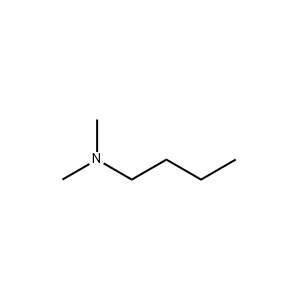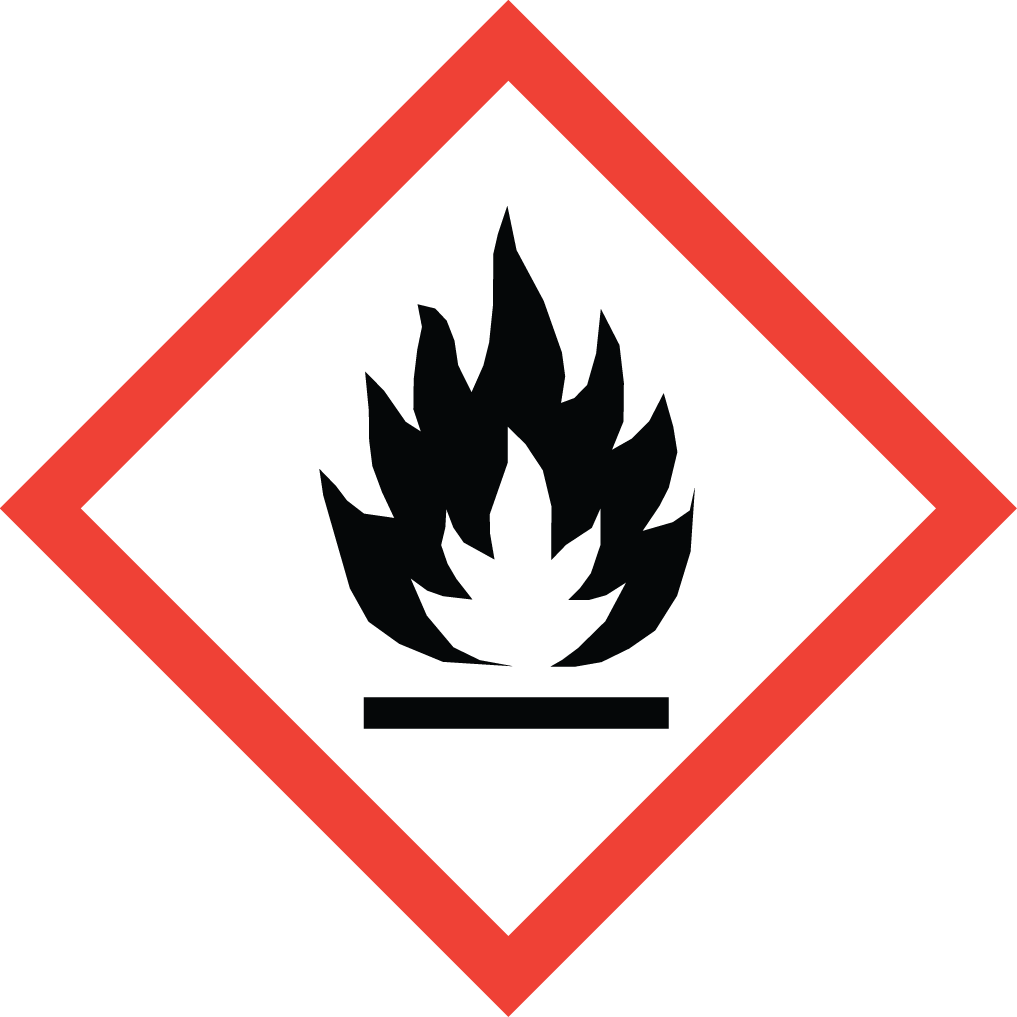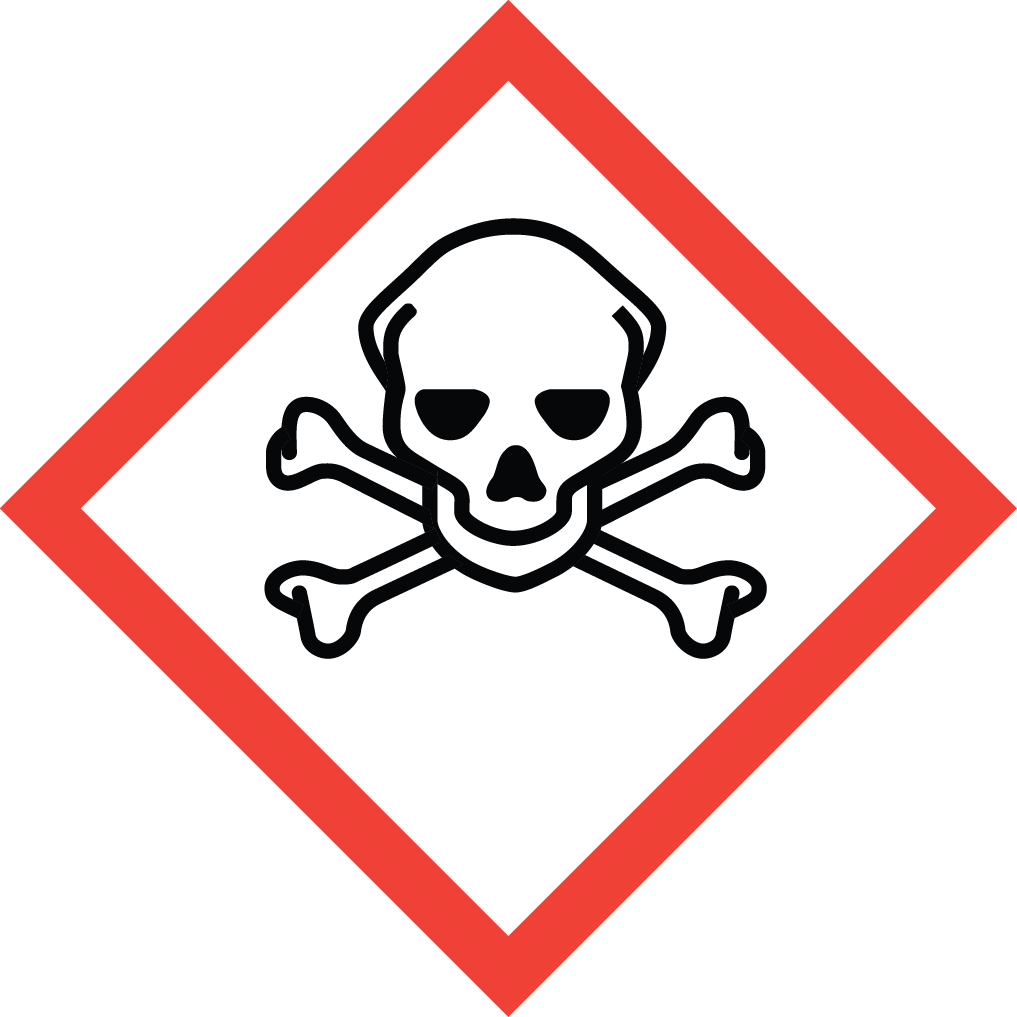Premium N,N-Dimethyl-n-butylamine Solutions by Aure Chemical
N,N-Dimethyl-n-butylamine (DMBA), CAS 927-62-8, is a medium-chain tertiary amine characterized by a straight $n$-butyl group and two methyl groups attached to the nitrogen atom. This clear, volatile liquid is utilized as a versatile chemical intermediate and a powerful base/catalyst. Its balance of volatility, basicity, and lipophilicity (fat solubility) makes it particularly useful in organic synthesis and polymer production.
Basic Information of DMBA
Meticulously produced and rigorously tested to meet stringent quality standards. We ensure exceptional purity and consistent performance, essential for your critical applications:
| CAS No.: | 927-62-8 |
|---|
| EC No.: | 213-156-1 |
|---|
| Linear Formula: | C6H15N |
|---|
| Molecular Weight: | 101.19 |
|---|
| Appearance: | Colorless, clear, volatile liquid |
|---|
| Odor: | Strong, characteristic amine odor |
|---|
| Melting Point: | -60 °C |
|---|
| Boiling Point: | 93.3 °C750 mm Hg(lit.) |
|---|
| Density: | 0.721 g/mL at 25 °C(lit.) |
|---|
| Solubility: | Slightly soluble in water; miscible with ethanol, ether, and other organic solvents. |
|---|
| Flash Point: | 25 °F |
|---|
| RIDADR: | UN 2733 3/PG 2 |
|---|
| Chemical Structure: |  |
|---|
Application Overview
N,N-Dimethyl-n-butylamine is employed in high-performance applications where its specific chain length and tertiary amine functionality are leveraged:
Polyurethane and Urethane Catalysis: DMBA functions as a crucial tertiary amine catalyst in the manufacture of polyurethane foams and elastomers. Its intermediate chain length provides an excellent balance, promoting both the gelling (chain extension) and blowing reactions, which is key for achieving desirable physical properties in the final polymer.
Quaternary Ammonium Compound (Quat) Precursor: It is a fundamental building block for creating specialized quaternary ammonium salts. These derivatives are used as textile auxiliaries, softeners, antistatic agents, and corrosion inhibitors with improved solubility in organic media due to the butyl chain.
Pharmaceutical and Agrochemical Synthesis: DMBA is utilized as a highly specific reagent or neutralizing base in the synthesis of certain active pharmaceutical ingredients (APIs) and agrochemical intermediates where steric hindrance and volatility must be precisely managed.
Acid Gas Removal/Scrubbing: Its basicity and relatively high boiling point make it or its derivatives suitable for use in certain solvent systems designed for the absorption and removal of acidic gases (H₂S, CO₂) in industrial gas streams.
Why Choose Aure Chemical for N,N-Dimethyl-n-butylamine?
Aure Chemical distinguishes itself in the specialty amine market by focusing on product integrity and customer-specific delivery solutions for DMBA (CAS 927-62-8).
Purity Optimized for Quat Synthesis: We maintain exceptionally low levels of secondary and primary amines in our DMBA. This high tertiary amine purity is essential for efficient and high-yield synthesis of quaternary salts, preventing unwanted side reactions that consume costly reagents.
Tailored Moisture Management: Given that DMBA is hygroscopic and sensitive to moisture (which can impact its performance as a catalyst), we offer certified anhydrous grades, rigorously sealed and stored under a dry atmosphere to ensure maximum reactivity upon delivery for moisture-sensitive applications.
Bulk Tanker Transfer Expertise: Our logistical capability includes specialized expertise in handling and transferring highly flammable, corrosive liquids (UN 2733). We offer precision filling and dedicated stainless steel tankers to ensure the chemical integrity of the DMBA is maintained during large-volume, long-distance transit.
Environmental Responsibility: Aure Chemical operates production processes for DMBA with a focus on minimizing volatile organic compound (VOC) emissions and recycling process water. Choosing our product supports a supply chain committed to reduced environmental impact.
Hazards Classification
GHS Classification: Flammable Liquid (GHS02), Acute Toxicity (GHS06), Corrosive (GHS05)
Hazard Statements: Highly flammable liquid and vapor; harmful if swallowed, in contact with skin or if inhaled; causes severe skin burns and eye damage.
UN Number: UN 2733
Hazard Class: 3 (Flammable Liquids)
Packing Group: II
 GHS02: Flammable
GHS02: Flammable GHS05: Corrosive
GHS05: Corrosive GHS06: Acute toxicity
GHS06: Acute toxicity
